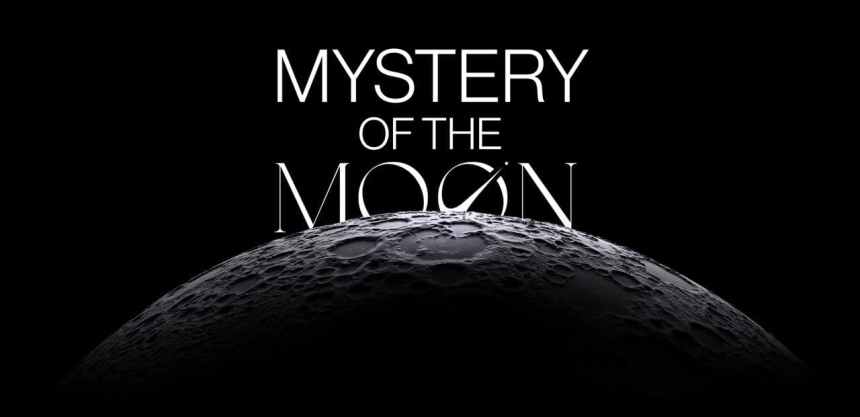While the global market cap of cryptocurrencies continues to rise, investors are witnessing an unprecedented investment interest in Non-Fungible Tokens (NFTs). If the crypto sector can be called dynamic, the NFT market can be considered to be on fire. Sales of NFTs surged to $10.7 billion in Q3 2021, up a staggering 700%+ from the previous quarter, while the total value of NFTs has rocketed to a new record high of $43 billion in October 2021.
The excitement over this space has been accompanied by the birth of a new niche: NFT Metaverses. Bloomberg has called these interactive virtual games the place “where crypto, gaming and capitalism collide” and the next stage in the evolution of the sector.
Metaverses are not a novelty per se. Second Life, broadly recognized as the first Metaverse of the internet era, debuted in 2003 and reached over a million monthly active users at its peak. Many successful Metaverses followed, including Minecraft and Roblox, which in 2021 have 140 million and 43 million monthly active users respectively.
Metaverses in their previous iterations had in-game currencies and economies, in most cases without real-world value. The innovation of NFT Metaverses consists in having native cryptocurrencies that are used for transactions and to receive in-game rewards, all of which have economic value in the real world. Axie Infinity, one of the most popular Metaverses, is on track to generate $2.7 billion in 2021.
moon.ws game development company is now aiming to leverage the power of NFTs to launch the first-ever interplanetary Metaverse – Moon.
Moon: Taking NFT Metaverse Beyond Earth
Moon is the world’s first NFT Metaverse to be entirely based on Earth’s satellite, consisting of:
- 26,000 HEX virtual land plots, represented by NFTs, covering the entire lunar surface, and which can be bought, sold, rented, and developed as a player sees fit – all with the native Moon
- (MON) token.
- Developing the Moon as an entirely new civilization, from scratch – opening mines and businesses, building real estate and infrastructure, and creating the political structures needed to administer “Moon countries”.
- A play-to-earn structure that rewards top players for winning competitions, for creating value in their countries, and for outmaneuvering competitors via wars, alliances, and superior economic performance.
Gameplay can be described as a combination of Age of Empires, Rise of Nations, and Sim City, combining strategic objectives with long-term planning.
Moon land NFTs are a rare, non-replicable, and finite resource. By developing land holdings into viable economic, political, and military Moon countries, owners increase the value of their holdings. These NFTs can then be traded on crypto exchanges for other crypto and fiat currencies, generating real economic value. A series of sophisticated game add-ons (special building materials, weaponry, know-how boosts, etc.) can help NFT owners to accelerate the development and success of their lunar colonies, increasing their value faster.
Moon is positioning itself to be a unique offering in the NFT Metaverse space, thanks to:
- An exciting number of in-game NFTs for players to boost their performance – extra oxygen supplies, mining tools, moon-adapted excavating equipment, and more.
- Additional rewards are available by participating in mystery-solving competitions, traveling to the dark side of the moon, and solving conspiracy theories.
- Setting up the moon as a base for travel back to Earth, and to other planets in the solar system and beyond – becoming a fully interplanetary Metaverse.
Moon is planning to launch at a very positive moment for Blockchain Metaverses:
- Sky Mavis raised $152 million at a nearly $3 billion valuation to help grow Axie Infinity.
- Gaming startup Animoca Brands raised at a $2.2 billion valuation in October 2021.
- Chimeras raised $2 million in funding to develop its early-stage Metaverse projects.
By combining unique gameplay, a wide range of NFTs, and an ecosystem built for long-term growth, Moon is aiming to become the next major success story in the Metaverse space.





















